Application Notes

What is the difference between Non-Isolated and Isolated Converters?
Comparison of Isolated and Non-Isolated Converters
Introduction to Isolation
In power conversion systems, galvanic isolation refers to the absence of a direct conduction path between different sections of the circuit. This isolation barrier…
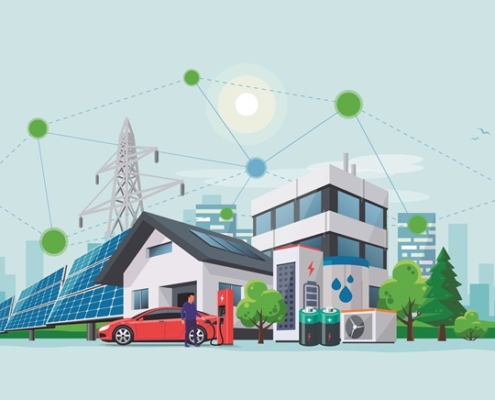
Power Conversion & Smart Charging Solutions for EVs
In a world increasingly embracing electric vehicles (EVs), the quest for efficient and sustainable charging solutions has never been more crucial. Traditional methods fall short of meeting the evolving needs of EV owners, making smart charging…
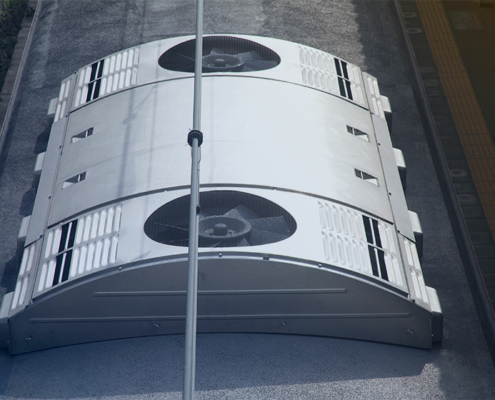
Maximising comfort: HVAC Systems in Railway
Railway transport, a vital link connecting cities and countries, has always prioritized efficiency, but the comfort of passengers is equally important. HVAC systems, encompassing heating systems, train air conditioning, and train HVAC, are pivotal…

Difference Between Parallel Connection and Redundancy in Power Conversion Systems
Power supply is a critical aspect of any system or machine, and ensuring a reliable power source is essential for uninterrupted operation. Two common solutions to achieve this are parallel connection and redundancy in power conversion systems.…
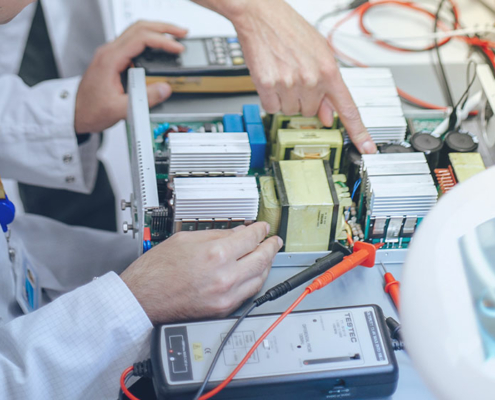
Unlocking the Power of DC/AC Inverters: Everything You Need to Know
In the realm of power electronics, DC/AC inverters assume a pivotal role. These devices facilitate the conversion of direct current (DC) into alternating current (AC), a fundamental process for energizing a diverse array of systems and applications.…
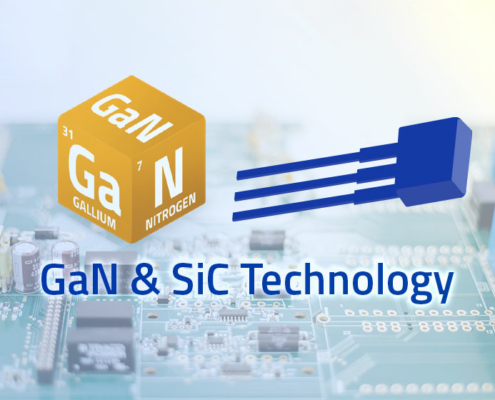
GaN and SiC technology for power conversion systems
Gallium Nitride (GaN) and Silicon Carbide (SiC) are wide-bandgap semiconductor materials that have garnered substantial attention in the field of power electronics due to their exceptional characteristics. These materials offer several advantages…
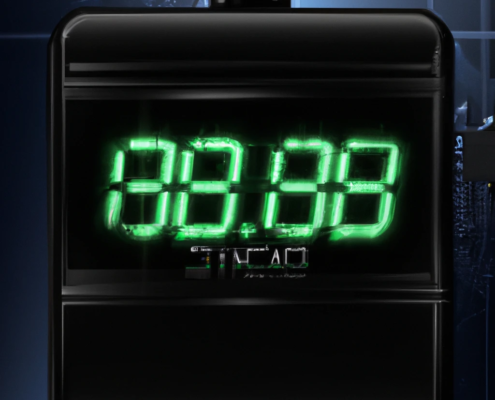
What is the MTBF of a power supply unit?
MTBF stands for "Mean Time Between Failures," and it is a measure of the average time that can be expected between the failures of a particular component or system. In the context of a PSU (Power Supply Unit), MTBF refers to the average time…
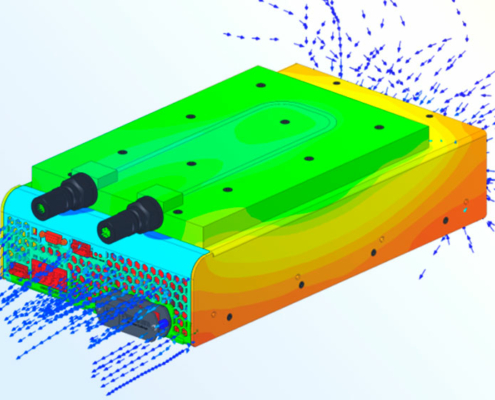
Which cooling methods are used in power electronics?
Maintaining optimal temperature levels in a power supply system is a paramount priority for power designers, ensuring unparalleled performance and utmost safety. Premium PSU understands the criticality of efficient cooling in power supplies…

The process of the custom-made projects in power electronics [ Infographic ]
In the industry, reliable power supply solutions are critical for safe and efficient operation. Here is where Premium PSU comes in, offering innovation to cover all needs for these markets. Premium PSU has been providing reliable power electronic…
Categories
Whitepapers
Case studies by industry
Railway & Transportation
Energy
High Tech
Extreme environments
Case studies by product
DC/AC inverters
DC/DC converters
UPS
Custom solutions
Events & Corporate News
Application Notes
Do you want to stay up to date with our news?
Be the first to know about new product announcements, white paper releases and much more
By submitting you accept Premium SA using your data according to our data protection policy. You can change preferences or unsubscribe at any time.


